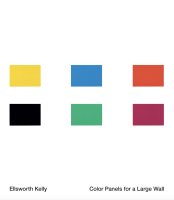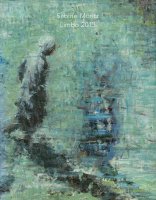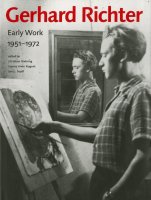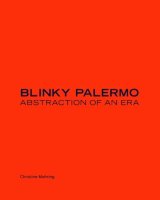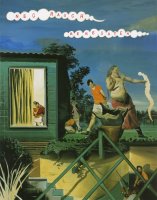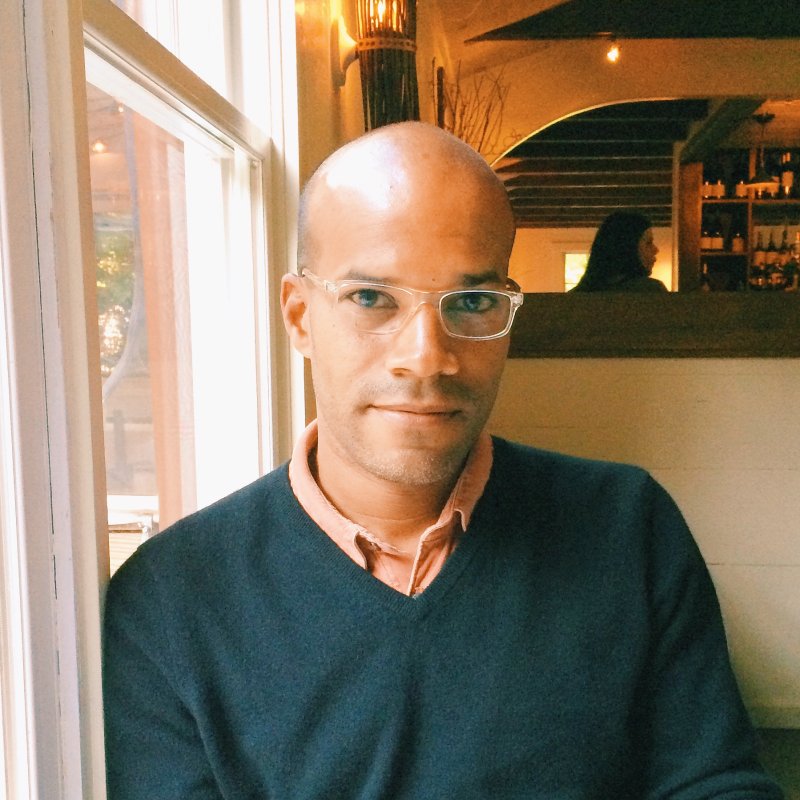Biography
Christine Mehring works on modern and contemporary art. Her research, writing, and teaching focus on abstraction, particularly the ways in which non-mimetic forms, colors, and non-traditional materials come to signify in relation to specific historical contexts; postwar European art, especially the impact of World War II and the formation of a continental and international art world; the cross-overs between art and design, including public art, interior and furniture design, wall-painting, the traditionally feminine applied arts like weaving and embroidery; and photography and the relations between old and new media, including their convergences with histories and practices of abstract art.
Mehring is currently leading a team of students to curate a fall 2027 exhibition of postwar artist’s books in the Hanna Holborn Gray Special Collections Research Center. A co-edited volume on monochrome art, drawing on the 2022 exhibition “Monochrome Multitudes” at the David and Alfred Smart Museum of Art and forthcoming from the University of Chicago Press, features contributions by 97 faculty, staff, and student experts. In 2020, she curated the University’s commission of Jenny Holzer’s YOU BE MY ALLY, a text-based public artwork projecting academic discourse into the public sphere by means of an AR app and LED trucks and the 2021 winner of the Golden Muse Creative Award for Augmented Reality. Some years ago, she directed the project “Material Matters,” which included the research, material investigation, and conservation of Fluxus artist Wolf Vostell’s Concrete Traffic (1970) and the university-wide year-long program "Concrete Happenings." Mehring remains at work with Lisa Zaher on an edited volume concerning Vostell’s use of concrete and the conservation of Concrete Traffic. Other public art projects she spearheaded include the creation with students of the University’s public art website; the commission of “Nuclear Thresholds” by Ogrydziak Prillinger Architects (OPA) for the 75th anniversary of the Chicago Pile 1; the public program “Dialogo: Virginio Ferrari and Chicago,” part of the Terra Foundation’s Art Design Chicago initiative; the conservation and resiting of Jene Highstein’s Black Sphere; and a series of campus-wide installations of Felix Gonzalez-Torres’ “Untitled (L.A.).” The latter inaugurated CWAC Exhibitions, which she co-founded as faculty advisor to the department’s Visual Resources Center with Bridget Madden and Allie Scholten.
She is also completing a book with IIT architectural historian Sean Keller on the art and architecture of the Munich Olympics, addressing their multiple significances for West German and North American cultures coming to terms with their “postwar” identities, for transatlantic exchange and the formation of an international art world, for the dilemmas of postwar national monumentality, and for computational methods of contemporary architectural design. Other ongoing research focuses on two book projects, respectively on relations between abstraction and design and on postwar materials. Related current work considers Joseph Beuys’ use of fat, as well as Josef Albers’ engraved laminated plastics, with a related essay forthcoming in 2026. Her work has been supported by the Institute for Advanced Study in Princeton, Andy Warhol Foundation, Canadian Center for Architecture, Graham Foundation, Friends of Heritage Preservation, Reva and David Logan Foundation, and the Terra Foundation for American Art.
In 2011, she received the University of Chicago’s Faculty Award for Excellence in Graduate Teaching. Since starting her teaching career at Yale University in 2000, she has served as the primary advisor of over twenty doctoral students. At UChicago, two of these have won the Humanities Division’s Best Dissertation Prize since its inauguration in 2014, another three the Department of Art History’s Feitler Prize for Best Dissertation, and another the Humanities Award for Graduate Teaching Excellence. Her advisees at all levels have embarked on careers in museums and academia, including MoMA, SFMoMA, the Art Institute of Chicago, Johns Hopkins University, the University of Minnessota, and the University of Essex. Her undergraduate and masters advisees have gone on to graduate programs including those at Harvard, Princeton, Rice, and Stanford Universities as well as the Courtauld Institute and the University of Southern California.
As Department Chair from 2013-2016 and 2017-2020, she spearheaded the Mellon Foundation-funded Chicago Objects Study Initiative in collaboration with the Art Institute and Northwestern University, as well as related initiatives such as the Suzanne Deal Booth conservation seminars, Gold Gorvy Traveling Seminars, private collection visits, the curatorial option in MAPH, urban architecture and design studio classes, the Joel Snyder Materials Collection, and partnerships with the Pritzker School of Molecular Engineering, Field Museum, Newberry Library, and other local institutions to expand the department’s curriculum and student opportunities.









